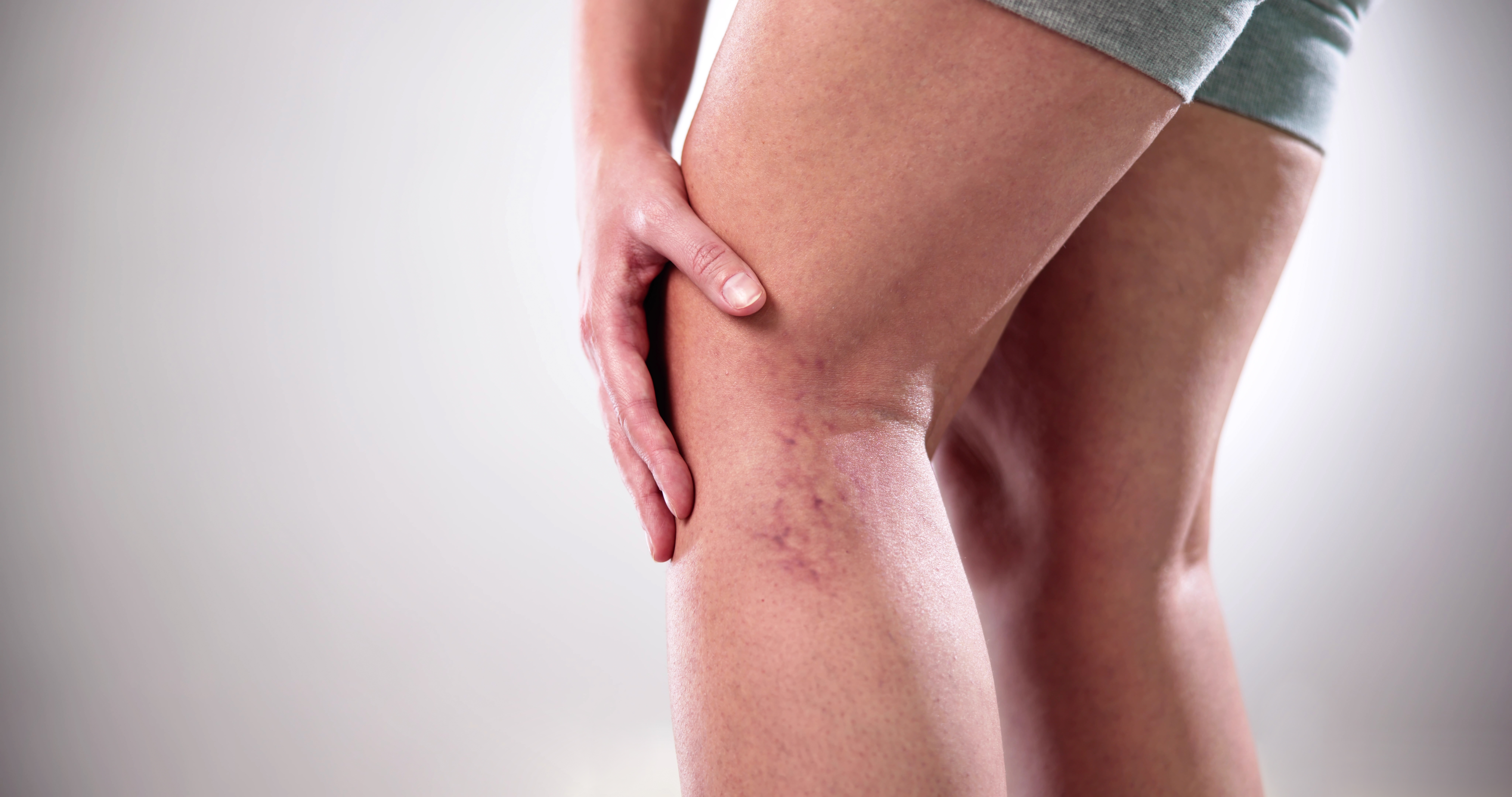Cold hands and feet, unexplained leg cramps, and slow-healing wounds may seem like minor inconveniences, but they could indicate poor circulation. When blood flow is restricted, it can lead to numbness, swelling, and even an increased risk of heart disease, stroke, or blood clots.
Blood circulation issues can cause pain, fatigue, and even slow-healing wounds. If left untreated, they may increase the risk of heart disease, stroke, or blood clots. A blood circulation doctor specialist, also known as a vascular specialist, can diagnose and treat these conditions before they become dangerous.
Recognizing the warning signs early can help you take care of your vascular system. Here are seven warning signs that indicate it’s time to see a circulation specialist.
7 Signs You Need a Blood Circulation Doctor Specialist
Here are some of the most common signs that you might need to see a doctor:
1. Your Hands and Feet Are Always Cold
If your hands and feet feel cold even when the rest of your body is warm, poor circulation could be the cause. Blood helps regulate body temperature, and when flow is restricted, extremities may not get enough warmth. Conditions like peripheral artery disease (PAD) or Raynaud’s disease may contribute to this issue.
2. You Experience Frequent Numbness or Tingling
A pins-and-needles sensation in the hands, feet, or legs can mean blood isn’t reaching the nerves properly. If numbness and tingling happen often, they could be linked to PAD, diabetes-related nerve damage, or nerve compression. A vascular doctor can determine if reduced blood flow is affecting your nerve function.
3. You Have Unexplained Leg Pain or Cramps
Leg pain that worsens while walking and improves with rest may be a sign of peripheral arterial disease, which occurs when narrowed arteries reduce circulation to the legs. Without treatment, peripheral arterial disease can lead to chronic pain and difficulty walking. If leg cramps are becoming more frequent, a vascular specialist can check for blockages and recommend the best treatment.
4. Your Wounds Take Too Long to Heal
Cuts, bruises, or ulcers that heal slowly may indicate circulation problems. Blood delivers oxygen and nutrients that help tissues repair themselves. When circulation is poor, wounds take longer to close, increasing the risk of infection and complications, especially in people with diabetes or vein disease.
5. Your Legs or Feet Swell for No Clear Reason
Swollen legs or feet may result from chronic venous insufficiency, a condition where weakened vein valves cause blood to pool in the lower body. Pelvic congestion syndrome, which affects the veins in the pelvic area, can also contribute to swelling and discomfort.
Deep vein thrombosis (DVT), a dangerous blood clot that blocks circulation, can also cause swelling. If your legs frequently feel heavy, tight, or swollen, a vascular specialist can check for circulation problems.
6. Your Skin Looks Discolored or Unhealthy
Changes in skin color can signal circulation issues. Poor blood flow may cause:
- Pale or blue skin: Indicates lack of oxygen in the blood.
- Redness or inflammation: May suggest varicose veins or clotting problems.
- Shiny, thin skin on the legs: Could mean blood isn’t nourishing tissues properly.
If you notice persistent skin changes, it’s time to get checked by a circulation specialist.
7. You Often Feel Dizzy or Mentally Foggy
Poor circulation doesn’t just affect the legs and feet. It can also limit blood supply to the brain. Reduced blood flow may cause dizziness, brain fog, or frequent headaches. If you feel lightheaded when standing up or have trouble focusing, a doctor can check whether circulation problems are affecting brain function.
What Causes Poor Circulation?
Circulation problems often result from underlying health conditions or lifestyle choices. A specialist can diagnose the cause and suggest treatments to improve blood flow.
Common medical causes include:
- Peripheral artery disease (PAD): Arteries narrow due to plaque buildup, restricting blood flow.
- Blood clots (DVT): A clot blocks circulation, leading to swelling and pain.
- Chronic venous insufficiency: Veins fail to pump blood back to the heart properly.
- Diabetes: High blood sugar damages blood vessels and reduces circulation.
Some lifestyle factors that contribute to poor circulation are as follows:
- Lack of movement: Sitting for long periods slows blood flow, increasing clot risk.
- Smoking: Narrows blood vessels and raises the risk of PAD.
- Unhealthy diet: High cholesterol and saturated fats lead to plaque buildup.
- Obesity and high blood pressure: Add stress to the circulatory system.
When to See a Blood Circulation Doctor Specialist
Poor circulation won’t fix itself. If these symptoms keep happening or get worse, it’s time to see a vascular specialist.
Book an appointment if:
- Your symptoms persist or worsen over time.
- You have diabetes, high blood pressure, or a history of vascular disease.
- You notice slow-healing wounds, skin discoloration, or unexplained swelling.
- Your family has a history of circulation disorders.
Ignoring circulation problems increases the risk of serious complications like blood clots, infections, and artery damage. A specialist can diagnose the cause and provide the right treatment before conditions get worse.
Struggling With Poor Circulation? Wellness and Pain Can Help You
Leg cramps and cold feet could be signs of a circulation problem. Wellness and Pain treats conditions like PAD, varicose veins, blood clots, and diabetes-related circulation issues, helping improve blood flow and prevent serious complications.
If you’re dealing with numbness, swelling, leg pain, or slow-healing wounds, you don’t have to wait for symptoms to get worse. A primary care physician may refer you to a specialist for evaluation, but you can also go directly to a vascular expert for testing and treatment.
Minimally invasive procedures, such as vein treatment or vascular surgery, can restore proper blood flow without requiring extensive recovery time.
Ignoring vascular problems can lead to serious vascular health risks, including blood clots and permanent artery or vein damage. Request an appointment with a vascular doctor.
FAQs About Blood Circulation Doctor Specialist
What kind of doctor treats blood circulation problems?
A vascular specialist diagnoses and treats circulation problems affecting arteries and veins. Depending on the condition, you may see a vascular surgeon, cardiologist, or phlebologist. Primary care doctors can also refer patients to the right specialist based on their symptoms.
What are the symptoms of poor blood circulation to the brain?
Reduced blood flow to the brain can cause dizziness, memory problems, brain fog, and frequent headaches. In severe cases, poor circulation may lead to strokes or transient ischemic attacks (TIAs), also known as mini-strokes. If these symptoms occur frequently, a doctor can assess whether blood flow to the brain is restricted.
Can doctors fix poor circulation?
Yes, but treatment depends on the cause. Doctors may recommend lifestyle changes, medications, or medical procedures to improve blood flow. For blocked arteries, treatments like angioplasty, stenting, or bypass surgery may be necessary.
What is a vascular specialist called?
A vascular specialist is a doctor who treats conditions affecting blood vessels. This can include vascular surgeons, interventional radiologists, and phlebologists, depending on the specific condition. These specialists help manage peripheral artery disease, varicose veins, blood clots, and other circulation disorders.











